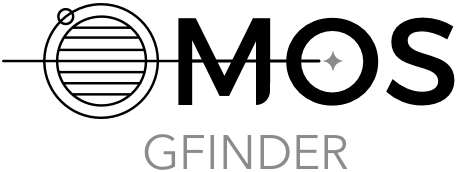User Workflow
User Workflow#
Tasks:
Compute a segment geometry overview
Search opportunities of observations during a given time (search) window/segment
Determine commanding parameters for simulating an observation (timing, binning, sc poiting, scanner motion
Simulate observation(s) geometry
Select/add simulated observations into MAJIS planning time
Validate and export a timeline to MAPPS/AGM operational files
Select mission scenario, based on available (meta-)kernels.
S/C position and pointing (planned or proposed)
Opportunity definition : define (and/or select) the geometry conditions, and geometry data of interest, for a given type of observation (eg: target disk scan during fly-bys, high-resolution Ganymede surface mapping).
Geometry conditions can be related to S/C pointing (useful when pointing is frozen).
Any scalar geometry-based observation radiometric and resources parameters can be used for the definition of the ‘geometry’ conditions’ .
Choose time period of interest, and time constraints (optional).
Compute and visualise geometry data for the overall time period of interest.
Select computation time steps
Adjust time period of interest and/or observation opportunity definition (optional).
Evaluate search (GF) “step size” (optional, but critical).
Search for observation opportunities (geometry events) within the time period of interest.
Analyse results, repeat from step 5 if needed (or above).
Compute observation geometry data for all, or a selection of, the found observation opportunities (if any).
S/C and/or MAJIS scanner pointing simulation parameters
Acquisition timing data (time steps, integration time)
Operating modes (detector ID, spatial binning → SPICE FOV )
Compute geometry-based radiometric and resources parameters associated to all, or a selection of, observations.
Compute geometry data associated the overall observations sequence (eg: spatial coverage).
Derive required S/C and/or MAJIS Scanner pointing simulation parameters, and other operational parameters.
Repeat from step 9 to fine-tune observations simulation.
